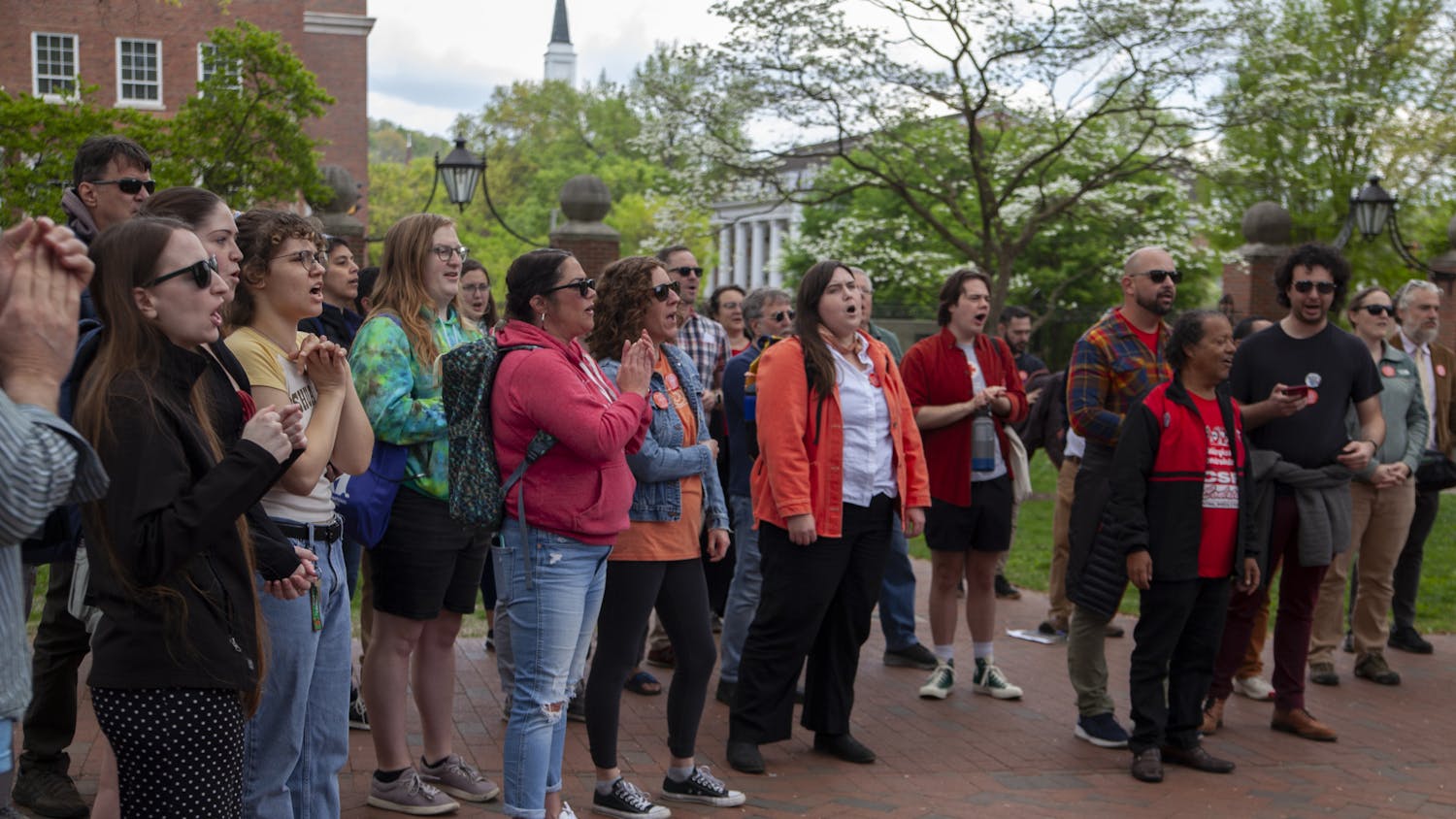Future on shaky wings for potentially endangered monarch butterflies
An iconic insect whose survival, advocates say, plays a crucial role in maintaining the stability of Ohio wildlife is facing status as an endangered species.
Statistics from a petition lobbying the U.S. Fish and Wildlife Service to declare the monarch butterfly endangered show the U.S. monarch population has sharply declined in the last 16 years, going from an estimated 1 billion in 1997 to about 35 million in 2013.
Local scientists and advocates are pushing at least one initiative to protect the species they say is important to local flora and fauna.
The monarch butterfly is a pollinator and considered an indicator species for the health of its surrounding environment and fellow pollinators, said Candy Sarikonda, a conservationist for the Ohio Monarch Watch. “Everything is connected.”
“The term ‘The Web of Life’ is not just a flowery cliché,” Sarikonda said. “It is reality.”
Lorraine McCosker, chair of the Appalachian Ohio Sierra Club, said her group has promoted the local Monarch Waystation project, which will plant domestic milkweed and native nectar plants on a plot of land in Nelsonville.
McCosker and other advocates hope that plot will serve as a rest stop of sorts for butterflies migrating back to Mexico for winter. There are a number of similar waystations throughout the Midwest, coordinated through a project from the University of Kansas started in the mid-2000s.
But a group of nonprofit environmental organizations only asked the federal government to place the monarch under the protection of the federal Endangered Species Act late this summer.
“I think there is certainly cause for concern, because as we learned from the passenger pigeon, many species have a ‘tipping point’ beyond which they may not be able to recover if their numbers get too low,” said Kelly Johnson, associate professor of biological sciences at Ohio University.
“But elevating a species to ‘endangered’ status is a big step and should only be done after careful evaluation and study of population dynamics.”
An endangered classification would allow for various governmental protections for the species, including prohibitions on killing or injuring the insect and the authority for the Fish and Wildlife Service to purchase butterfly habitats.
According to the Fish and Wildlife Service, the petition could take up to three years to be voted upon while the true level of endangerment of the butterfly is studied.
The petition argues that the development of herbicides and pesticides — such as Roundup — used by the region’s farmers to rid their fields of the weed has destroyed their habitat.
“Ohio is extremely important to the eastern monarch migration,” Sarikonda said.
McCosker said she doesn’t want her group’s initiative to be the only one of its kind in Athens County.
She added that her club will team with science education group Journey North and Monarch Watch next year to formally monitor and provide documented numbers for the Southeast Ohio monarch population.
“People can help monarchs by planting milkweed species native to the region where they live that haven’t been treated with pesticides,” McCosker said. “Increased pesticide use to grow corn and soybeans that have been genetically engineered to be resistant to herbicides is the primary factor driving monarch decline.”
@MCTilton
mt522913@ohio.edu





